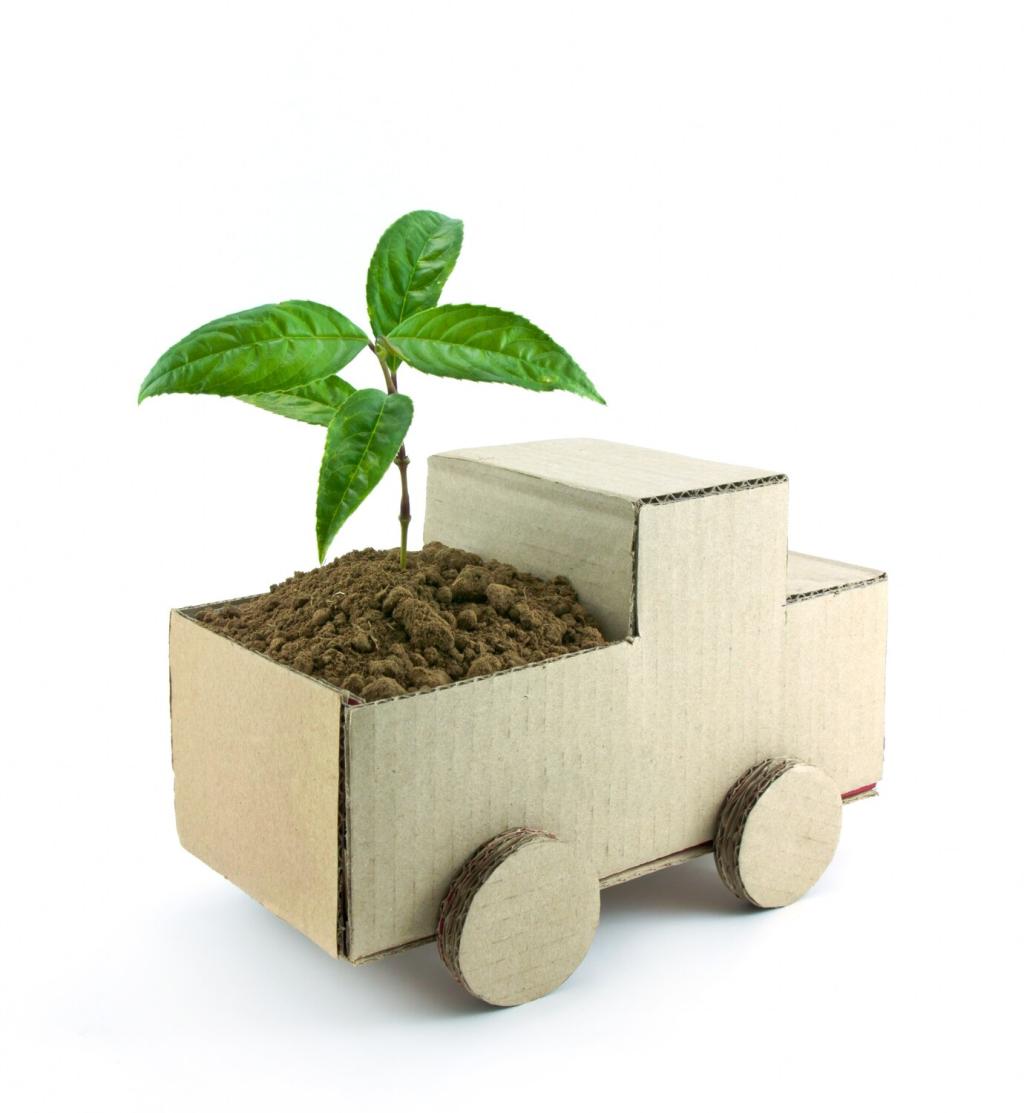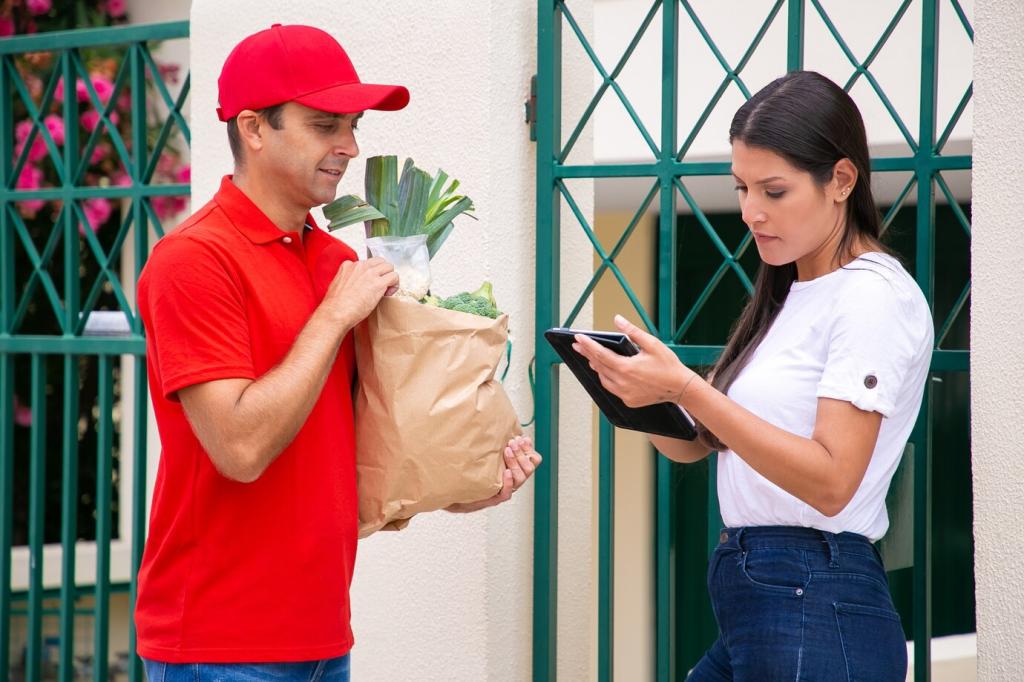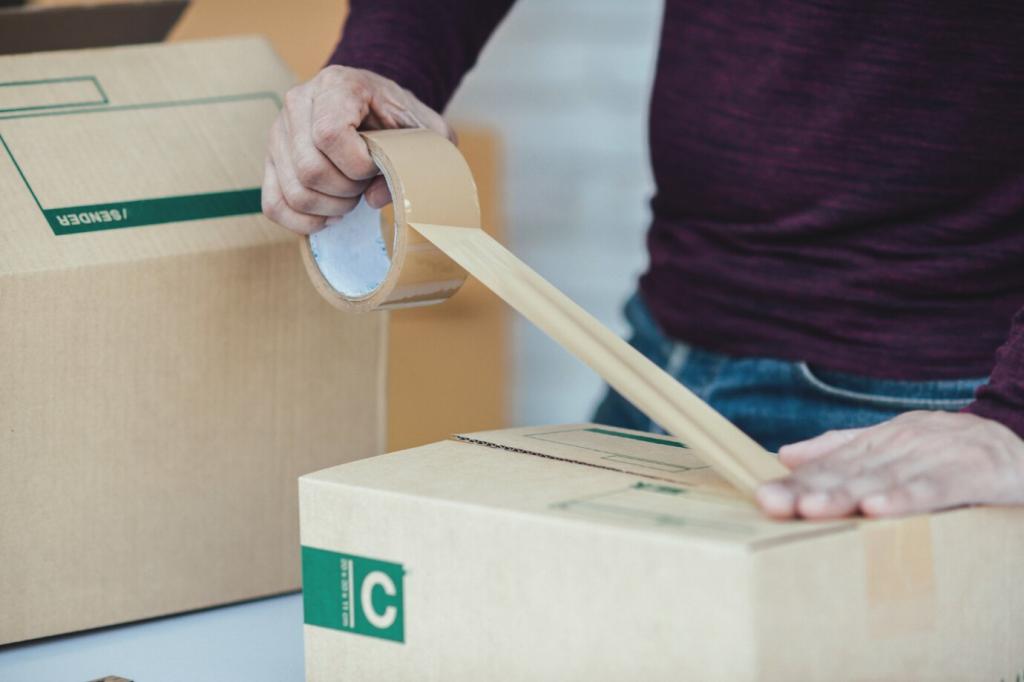Sustainable Cargo Transport Methods
Sustainable cargo transport methods are redefining the way goods move across cities, countries, and continents. These innovative strategies are not only helping to reduce carbon emissions and energy consumption but also improving efficiency and reliability in the supply chain. Forward-thinking logistics providers and shipping companies are increasingly adopting green technologies and eco-friendly practices as a response to growing global concerns about environmental sustainability. By leveraging cleaner fuels, advanced vehicles, and smarter logistics, modern cargo transport can minimize its ecological footprint while meeting the demands of a fast-paced global economy. This page explores the most effective approaches to making cargo transport kinder to the planet, highlighting forward-looking solutions and real-world impacts.

Eco-Friendly Shipping Technologies



Smart Routing and Load Optimization

